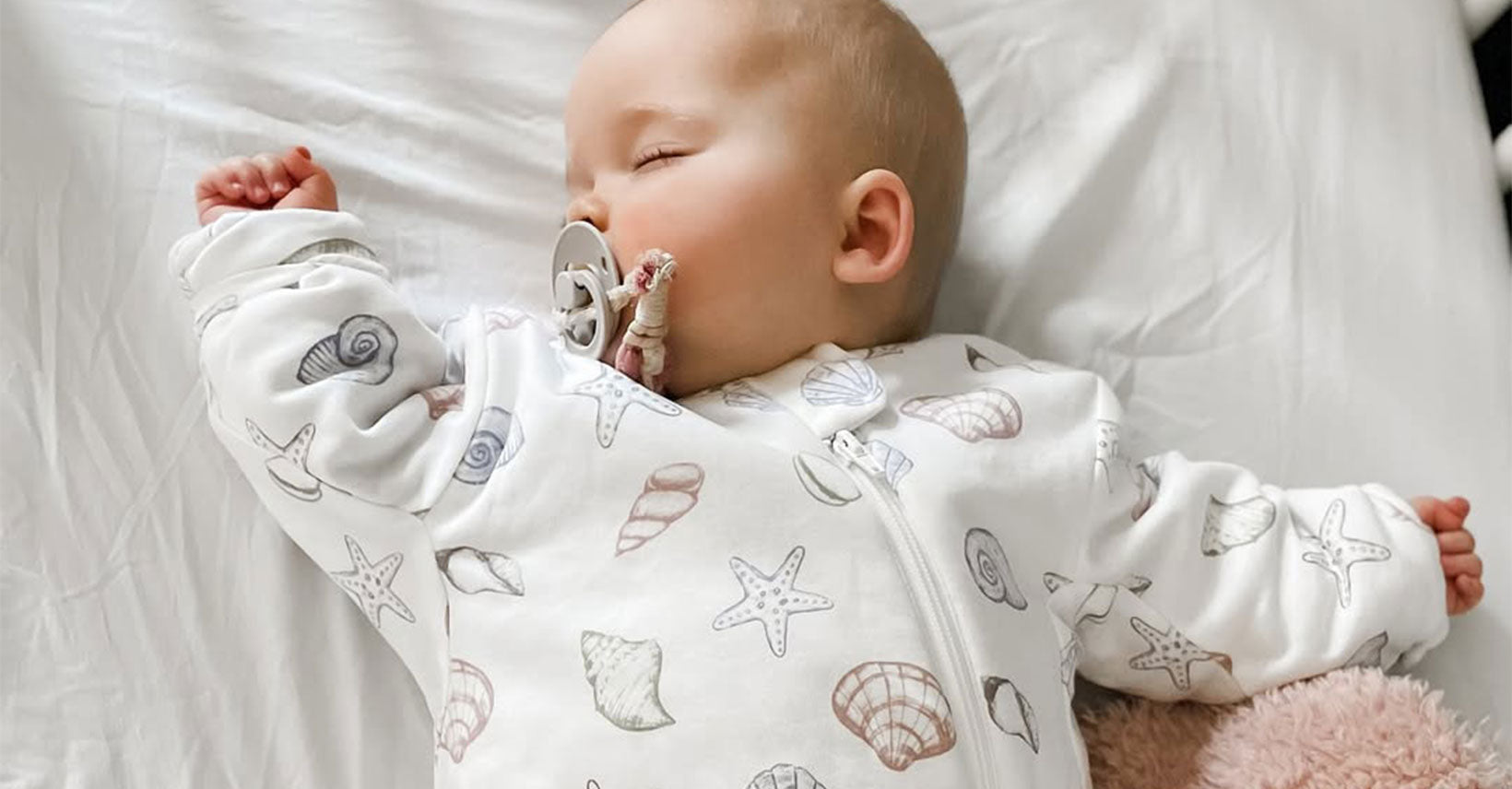


Every year, approximately 1,300 U.S. infants lose their lives to SIDS, but research shows 90% of these tragedies are preventable.
Sudden Infant Death Syndrome (SIDS) is the sudden, unexplained death of a healthy infant under one year of age, typically occurring during sleep. It remains undiagnosed even after a thorough investigation.
All about infants under 1 year
SIDS underscores the importance of education on infant sleep safety to protect infants.
Following the American Academy of Pediatrics (AAP) guidelines, "The ABCs of Safe Sleep" is a cornerstone of reducing the risk of Sudden Infant Death Syndrome (SIDS) and sleep-related infant deaths. Here’s a detailed breakdown for caregivers:
Infants should sleep alone in their own sleep space to eliminate suffocation or entrapment risks.
No bed-sharing: Adult beds, sofas, and armchairs are unsafe due to the risks of:
How to be safe?
Back sleeping is the safest position for infants, reducing SIDS risk by 50% since the 1990s.
Always place babies on their backs: Even if they have reflux or spit up.
Parents need to know:
A safe sleep environment prevents suffocation, entrapment, or falls.
Crib essentials:
Crib vs. bedside sleepers:
Avoid overheating: Dress baby in a sleep sack or wearable blanket (no loose blankets).
Pacifiers: Offer a pacifier at nap/bedtime (linked to reduced SIDS risk).
No smoking: Exposure to smoke (during pregnancy or after birth) increases SIDS risk.

Research shows following the ABCs reduce SIDS risk by creating a safe, clutter-free sleep environment that supports infants’ underdeveloped arousal and breathing reflexes.
For more details, visit the AAP’s Safe Sleep Guidelines or the Safe to Sleep® campaign (NIH).
Building on the ABCs of Safe Sleep, these additional strategies further reduce the risk of SIDS and sleep-related hazards. Follow these guidelines to ensure your baby’s safety:
Overheating and loose bedding are linked to SIDS.
Use a sleep sack or wearable blanket:
Ideal room temperature:
Room-sharing reduces SIDS risk by up to 50% (AAP, 2022). Place the crib, bassinet, or play yard in your bedroom for at least the first 6 months (ideally 12 months).
Benefits:
Never bed-share: Even "gentle" co-sleeping increases suffocation risk.
Breastfeeding:
Pacifiers:
Builds neck/shoulder strength and counters positional plagiocephaly (flat head).
Guidelines:
Swaddling can soothe newborns but becomes risky as babies grow.
Safe swaddling:

As parents, our greatest wish is to keep our babies safe, healthy, and thriving. While Sudden Infant Death Syndrome (SIDS) can feel like an overwhelming and unpredictable risk, research has shown that simple, consistent safe sleep practices dramatically reduce the chances of sleep-related tragedies. By following guidelines - like placing your baby on their back for every sleep, using a firm, flat mattress free of loose bedding, and avoiding overheating - you’re creating the safest possible environment for your little one to rest.
You’ve got this, Mama.

Lily Hou
An expert in sleep sack design, is a valued contributor to Kaiya Baby's blog. With a strong background in baby sleep bags and maternal care, she is highly regarded for her professionalism. Lily prioritizes baby comfort and safety in her designs, using high-quality materials. Her insightful articles on sleep bags have been featured in reputable publications and have gained a significant readership. Trust Lily to help you create a comfortable and safe sleep environment for your baby, backed by her proven track record in the industry.
Leave a comment
This site is protected by hCaptcha and the hCaptcha Privacy Policy and Terms of Service apply.